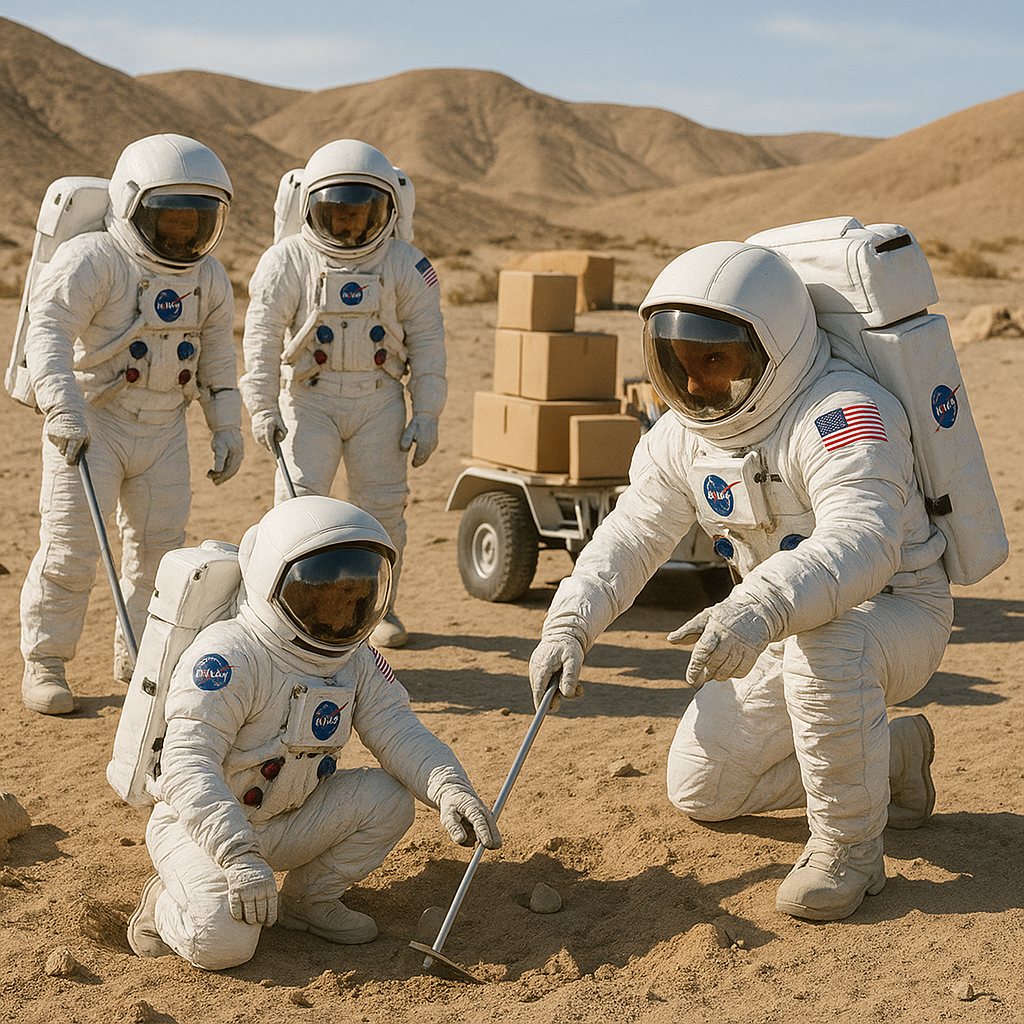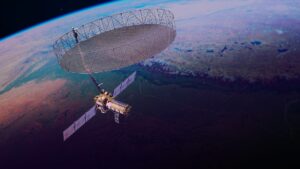July 17, 2025, Houston NASA has officially commenced final-stage astronaut training for the highly anticipated Artemis III mission, which aims to return humans to the surface of the Moon for the first time in more than five decades. The four-person crew began surface operations simulations this week at the Johnson Space Center and NASA’s outdoor lunar analog site in Arizona.
Artemis III is expected to launch in late 2026 and will be the first mission to land astronauts near the Moon’s south pole, where water ice deposits are believed to exist beneath the surface.
Meet the Artemis III Crew
- Reid Wiseman – Mission Commander
- Christina Koch – Lunar Module Pilot
- Victor Glover – Orion Pilot
- Jeremy Hansen – Mission Specialist (Canadian Space Agency)
This diverse crew includes the first woman and the first person of color scheduled to land on the lunar surface, as well as the first Canadian astronaut to fly beyond Earth orbit.
Training Highlights
Astronauts are undergoing EVA (extravehicular activity) simulations in high-fidelity mockups of the lunar terrain. The training includes practicing sample collection, equipment deployment, and mobility in spacesuits under simulated lunar gravity using NASA’s ARGOS system.
They are also preparing for contingency protocols involving emergency aborts, communications blackouts and habitat failure drills.
Mission Profile
Artemis III will launch aboard NASA’s Space Launch System (SLS) rocket and dock with the Orion capsule in lunar orbit. Astronauts will transfer to a SpaceX Starship Human Landing System (HLS) and descend to the lunar surface for a mission duration of six and a half days.
The landing site is located near Shackleton Crater, which receives near-continuous sunlight and may offer sustainable power options for future missions.
Scientific Objectives
The crew will collect samples of permanently shadowed regolith, deploy seismometers and radiation sensors, and test in-situ resource utilization (ISRU) tools for extracting water from lunar soil. These experiments will inform NASA’s longer-term Artemis Base Camp plans and eventual Mars missions.
Conclusion
As Artemis III crew training shifts into high gear, NASA is closing in on one of its most ambitious missions since Apollo 17. The return to the Moon will not only mark a symbolic achievement but also lay the groundwork for a sustained human presence beyond Earth.
Sources: NASA Artemis, Space.com, Scientific American




